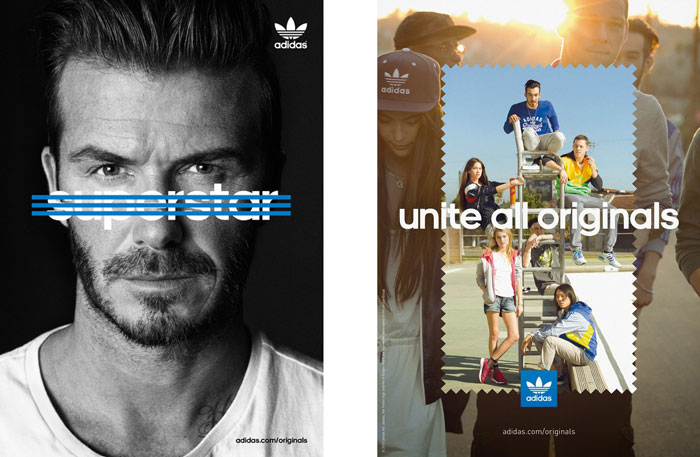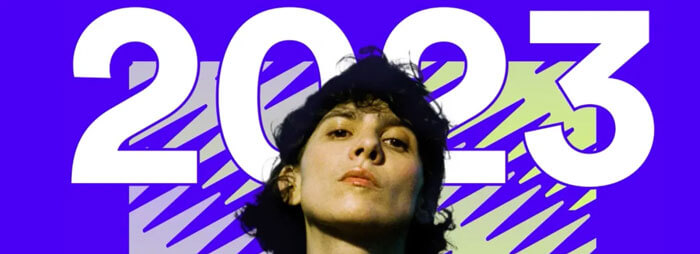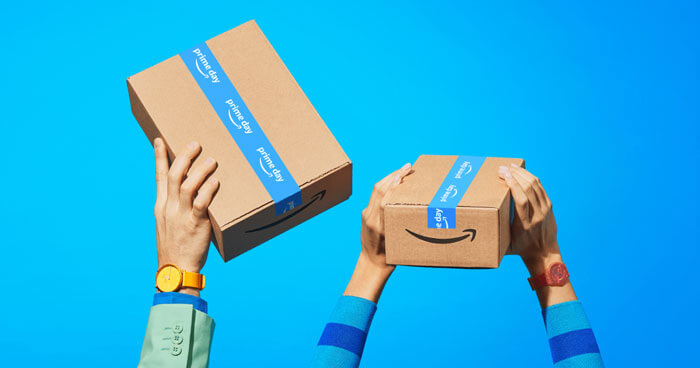Everyone knows that the marketing landscape is ever-changing. What you do to reach customers can be impacted by social shifts, technological advancements, and even economic fluctuations. With so much going on, yesterday’s audience insights might not apply today. So, investing time and resources into understanding your marketing audience is an ongoing non-negotiable, especially if you want to stay ahead of the competition.
When you identify what matters most to your target audience, it’s easier to customize your marketing efforts to unlock untapped potential. And what’s the best way to do that? Persona research.
These insights can prove invaluable when you need to analyze what you’ve been doing and find ways to optimize, too (like when you’re making new goals and setting your budget for the new year).
For any initiative that you are working on now or planning, answer the following questions to gain a better understanding of your marketing audience:
- How well do you know your target audience?
- Whom do you want to reach, and what are their needs?
- Are your assumptions about your target audience accurate?
Keep reading to learn more about how personas can help with understanding your marketing audience.
The importance of market segmentation
Before you jump into persona research to understand your marketing audience, let’s talk about segmentation.
Did you know … 80% of customers are likely to do more business with an organization that offers a personalized marketing experience?
While the term sounds technical, market segmentation is just a way of dividing your broad audience into sub-groups based on various factors like demographics, psychographics, and behavior.
- Demographics: Age, gender, income level, education, and occupation
- Psychographics: Interests, attitudes, and opinions
- Behavior: Purchasing habits, brand loyalty, and engagement metrics
A study from Mailchimp showed that segmented email campaigns have a 14.31% higher open rate compared to non-segmented campaigns.
“Speak to your audience in their language about what’s in their heart.”
—Jonathan Lister, VP Global Sales Solutions, LinkedIn
Unlock audience insights with data analytics
Data analytics tools, such as Google Analytics, Adobe Analytics, or even custom-built dashboards, can provide actionable insights. Look for:
- Engagement metrics: Time on page, bounce rate, and social shares
- User behavior: Click paths, user flows, and heatmaps
- Conversions: Conversion rate and customer lifetime value (CLV)
By cross-referencing this data with your market segments, you can tailor your campaign strategies to highly specific audience needs.
3 ways to do persona research
According to Deloitte’s study on customer personalization, 36% (pdf) of consumers expect personalization. You can create a more customized experience for customers by making decisions informed by persona research.
Gather these insights for understanding your marketing audience by:
Creating questionnaires: Directly engage your audience by sending out questionnaires that explore their needs and pain points.
Conducting interviews: One-on-one interviews with select customers (and your staff that work in sales or provide customer service) can provide qualitative data that’s hard to glean from analytics alone.
Using social listening tools: Platforms like Brandwatch or Mention can help you understand what people are saying about your brand online.
These are just some techniques you can use to validate any assumptions you’ve made about your target audience’s pain points (and their needs).
Real-world examples
Understanding your marketing audiences is an essential tactic used by the most successful companies. Check out these mini case studies to see how top brands have leveraged audience insights for unparalleled success.

Adidas: Adidas Originals
Adidas Originals aimed squarely at younger audiences by leveraging social listening tools to identify key influencers and moments that mattered to them. This targeted approach not only boosted brand engagement but also significantly increased market share among millennials and Gen Z.
Dove: Real Beauty Campaign
Dove’s “Real Beauty” campaign shifted the conversation about beauty standards. Using data on how women perceive beauty, Dove created targeted messaging that increased both sales and positive brand perception.

Spotify: Wrapped Campaign
Spotify’s “Wrapped” is an annual marketing stunt that turns user listening history into a personalized year-end summary. These summaries are often shared on social media, acting as free advertising and fostering a deeper connection with their user base.
Google: We Wear Culture
Google’s “We Wear Culture” campaign for Google Arts & Culture aimed to bridge fashion and technology. By offering highly targeted content around the history and culture of what we wear, they were able to engage a broader audience.

Amazon: Prime Day
Amazon’s Prime Day isn’t just a sales event. It’s an annual targeted marketing campaign. Using consumer data, they offer time-sensitive deals that are highly relevant to different customer segments, resulting in record-breaking sales figures year after year.
Old Spice: The Man Your Man Could Smell Like
Old Spice rebranded with their viral “The Man Your Man Could Smell Like” campaign. Using humor and targeting both men and women, they repositioned the brand for a younger audience and saw a dramatic rise in sales.
Why understanding your marketing audience requires a continuing commitment
Don’t think that getting to know your audience is a one-off task. The landscape is continually changing, influenced by current trends like the metaverse and virtual events as well as ongoing challenges like managing users’ data privacy concerns. Always remember to make a point to revisit your audience personas at least once a year and to examine key performance indicators (KPIs) every quarter to determine if your strategies need recalibration.
Struggling to understand your marketing audiences? Don’t be afraid to reach out to the professionals for help. TBH Creative has helped clients across the country develop successful campaigns using marketing persona research. If you’re looking for an experienced partner to educate and guide you through the process, let’s talk.
Note: A version of this blog post first appeared in the Creative Edge, a monthly email with marketing news and tips from the TBH Creative team. Don’t miss the next issue.

